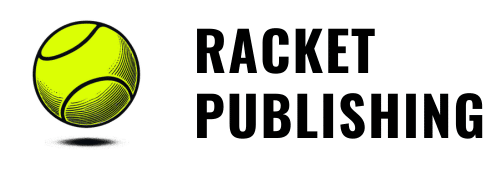Hybrid publishing has exploded in recent years. There are plenty of solid outfits out there and more than a few charlatans. Brass tacks: There’s no one right way to get your book out there, but some ways are much better than others.
So, how do you distinguish one hybrid publisher from another?
Starting Points
Its website and the experience of its staff should be your starting points. Does the publisher list its employees? Can you see their backgrounds on LinkedIn? If not, then consider it a red flag.
Previous titles are also worth examining. Look at their covers. Are they anodyne, or do they pop? If it’s the latter, then go deeper. Do the books’ interiors look professional? Download a few samples from Amazon and see how they’re formatted. If you see a bevy of issues, then run.
If you see a bevy of issues, then run.
What about the publisher’s blog? Has it gone all zombie, or does it frequently offer useful tips, tricks, and insights on publishing and writing matters?
Next up: testimonials. If you don’t see any praise from named previous clients, think very carefully about why.
What about recency? Has the publisher released any books in the last year or two? If not, consider it a red flag.
Let’s Talk About Tools
Another valuable but oft-ignored gauge of any publisher is the quality of its internal tools. Have they evolved, or are they the same ones developed in the 1990s?
Answering that question isn’t easy. Generally speaking, publishers won’t tell you how they make their sausages until you’ve signed up with them. You might have to do some digging on Reddit or ask the publisher’s authors for an honest assessment.
Thomas Carlyle famously said, “Man is a tool-using animal. Without tools he is nothing; with tools he is all.” Against this backdrop, let’s compare Racket to most other publishers.
Item
Most Legacy & Hybrid Publishers
Racket
Research
Dropbox, Google Docs and Sheets, Excel, email, and other tools
RacketHub
Communications
Email, texts, Slack, MS Teams, Zoom
RacketHub, Zoom, Calendly
Project Management
Email, Asana, Smartsheet, Google Docs and Sheets, other
RacketHub
Manuscript Writing
Google Docs, Microsoft Word, Scrivener
Microsoft Word
Design
Adobe InDesign, Illustrator, and Photoshop
Canva, Adobe InDesign, Illustrator, and Photoshop
Automation
The occasional macro in Microsoft word. Beyond that, little to none,
Notion, Zapier, TextExpander, PopClip

Note that this table is a generalization. Although many publishers continue to use hoary tools, not all do.
What You Need to Know
For any project, choosing the right tools is more art than science. Books are no exception to this rule. You can’t use a single one to create a quality non-fiction text. If anyone tells you otherwise, run.
By the same token, using five for the same purpose is overkill and bound to create confusion. Think about that when you’re evaluating potential publishers for a long-term partnership.
The quality of its tools shouldn’t be the only factor in your decision, but it’s foolish to ignore its tech altogether.



0 Comments